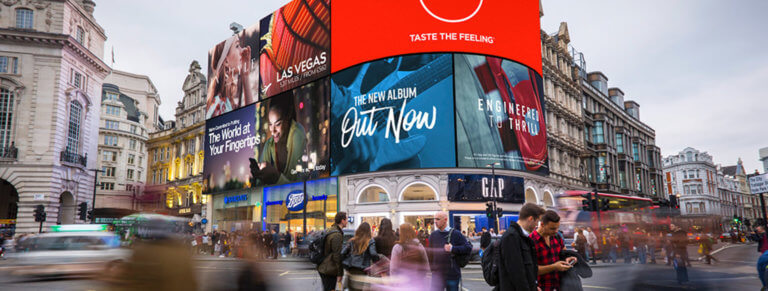
A new study was recently conducted by the Out of Home Advertising Association of America (OAAA) that found an increased appetite for outdoor experiences. This means that more people are willing to seek out activities that are outside their homes. Digital device burnout has been rising at a considerable rate for some time, with 75% of respondents of the study stating that excessive time on devices is causing them to tune out digital device ads. This is a +7 point increase since September. This means that more people are noticing their surroundings, taking comfort in public safety protocols, and embracing new contactless technology. The President and CEO of OAAA recently stated that, “we have a powerful opportunity in the coming months to capture the heart and imagination of people who are looking at their surroundings and out of home marketing with more awareness and appreciation. The bottom line is that OOH advertising will have a growing role to play in consumers’ lives”. People are looking to make up for lost time by embracing the parts of life that they were beginning to overlook before the pandemic. That includes OOH advertising.
Big cities are back
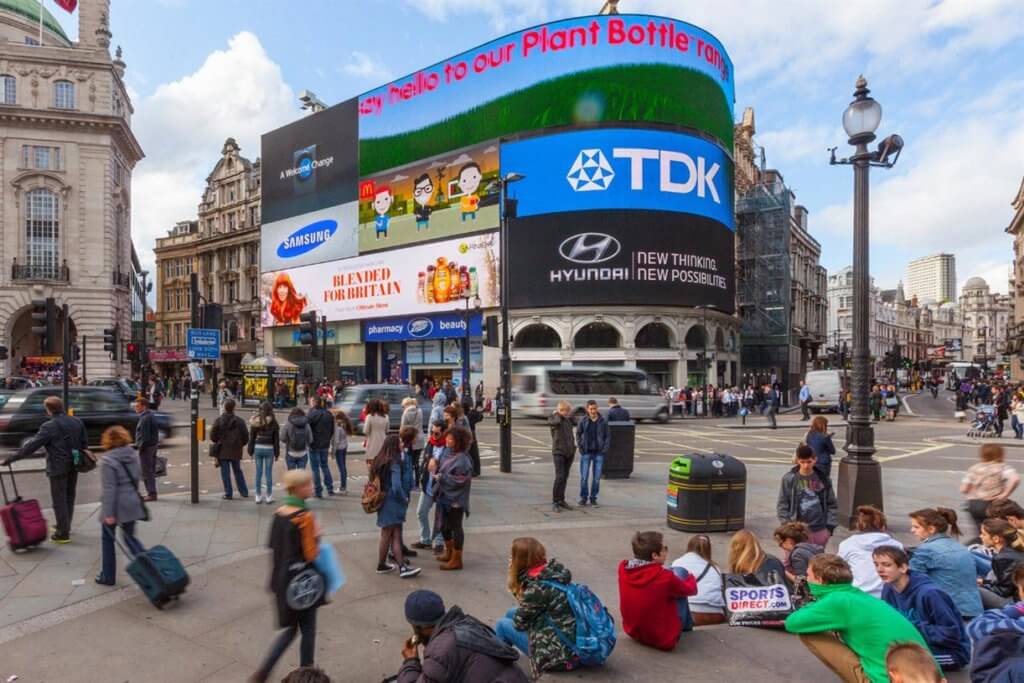
According to the OAAA study, 55% of consumers who live in major urban centers reported that they are noticing more OOH messaging and signage today. In recent months there has been a big push to target more hyper locally due to the fact that people have moved outside of big city centers because of the pandemic. However, now that workspaces are beginning to open up again and people are going back into offices, urban centers are once again becoming the place to engage with and influence consumers. This is not to say that advertising hyper locally is not effective anymore, a lot of people have moved their jobs permanently online and are purchasing houses outside of major city centers. Using a truck-side advertising company like Movia would be a perfect way to target both city centers and local neighborhoods. That’s exactly what Modsy, an interior design company, did when they teamed up with Movia to launch their first OOH ad campaign in order to take their brand to consumers in a smarter and more targeted way. Since Modsy is an online company, they wanted to combine outdoor awareness with online conversions. With 10 trucks over 14 weeks, Movia drove Modsy ads through neighborhoods and big urban centers, leading to 1.2 million impressions and a 14% higher online click-through rate.
Driving drives engagement
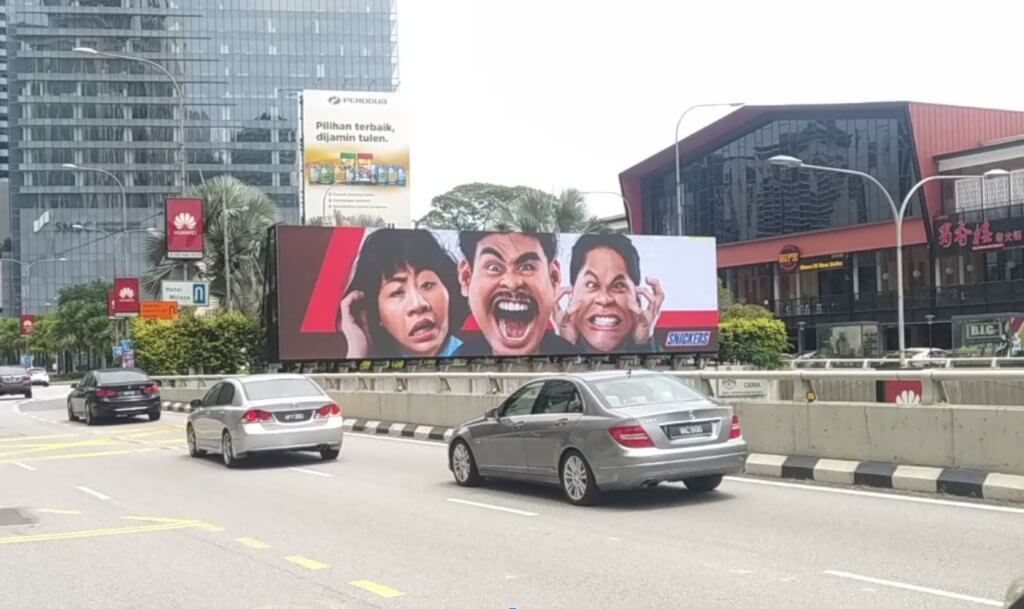
Consumers are now noticing OOH the most while driving, 83% on highways and 82% driving locally around their city or town. Now that nearly 72% of workers expect to commute to their jobs at least part of the time in the next few months, there’s way more opportunity for OOH advertising to shine. Apparently, once the pandemic subsides, 56% of those in big urban markets expect to primarily commute by car. Billboards are going to be a huge medium over the next year for OOH advertisers. Their daily commute is literally the longest idle time in the busy schedule of consumers. It’s the perfect time to target people while they have nothing to do except sit in their cars, on the bus, the GO train, etc. By combining eye-catching materials, catchy slogans, special effects, and other memorable aspects to a billboard, you’ll be able to engage an audience that is already paying attention.
The touch-free experience
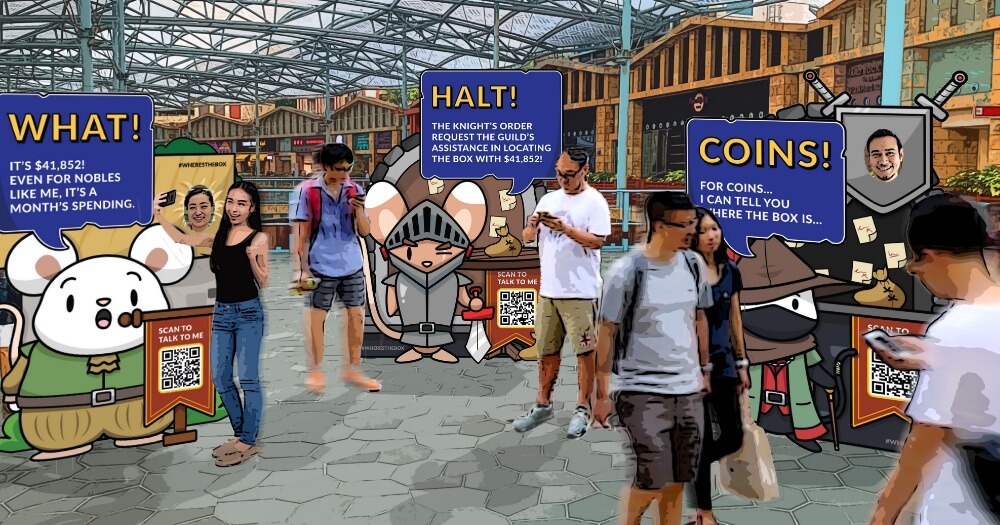
43% of respondents to the OAAA study, reported that contactless tap-to-pay apps have been a go-to since the crisis began. Nearly 31% say the same about QR codes. Furthermore, over 40% of respondents said that they would be interested in learning about special sales or deals available through both. One major benefit of including QR codes into your Digital OOH ad, is its ability for consumers to take immediate action once engaging with the ad. Scanning a QR code, going to a link, or using Google Maps to find a store’s location, are all made possible through the use of integrated technology. Not only is it fast and efficient, two things that consumers crave most when buying a product, it’s also all contactless, which is essential in today’s world. QR codes specifically can serve as the foundation for an extremely engaging and creative OOH ad campaign. X Collective (XCO) alongside Sqkii, a gamification marketing company based in Singapore, recently designed a QR code treasure hunt in order to get people engaged and excited about Sqkii. This #HuntTheMouse campaign gets participants to scan QR codes through the XCO app and the winner who is able to find all the clues that are scattered across MRT stations and trains on OOH ads will receive $100,000 Singaporean dollars. The campaign has become a huge sensation, incorporating social media to encourage people to join in the search.
Health messages matter
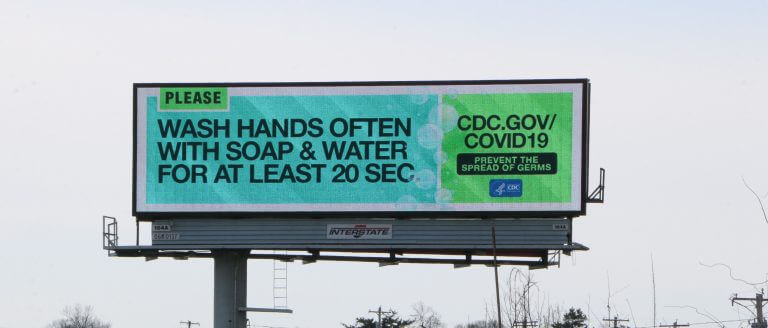
According to the same OAAA study, the combination of the pandemic and current events has increased interest in public health and security messages. 71% of consumers say they have been comforted and informed by OOH that focuses on public safety measures. Yes, things are slowly returning to normal, but that doesn’t mean that everyone is taking the necessary precautions to stay safe. Helpful billboards, bus-stop ads, truck-side ads, and DOOH screens are not only appreciated by the general public, they’re also useful reminders for people who are trying to navigate the new world we live in. For example, in early March, the OAAA partnered with the Centers for Disease Control and Prevention (CDC) to offer public health PSAs in a variety of DOOH mediums. The ads are currently live on more than 7,000 digital screens and provide important public safety related messages in order to stay safe during the pandemic.
The younger generation is more than ready for OOH
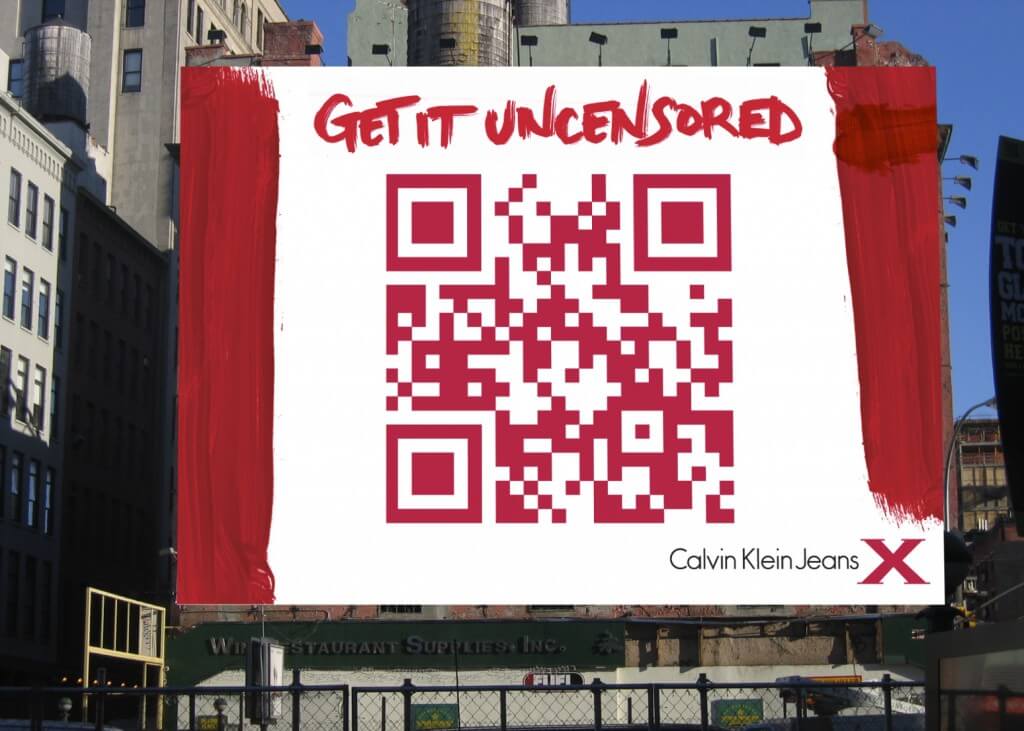
82% of Generation Z respondents to the OAAA study indicated a longing for outdoor dining options, and 78% of Millennials are seeking safe outdoor activities. The younger generations are ready to live their lives once again and are happy to do so while adhering to COVID protocols. Consumers that are in the Gen Z and Millennial age range report noticing OOH much more, showing a 5% increase in interest since last September. The younger generations are more willing than ever to notice and engage with OOH advertising, especially if it includes technological involvement like a QR code. For example, Calvin Klein Jeans replaced three of their billboards, two in New York and one on Sunset Boulevard in LA, with bright red QR codes under the words, “Get It Uncensored”. Passersby were able to snap a picture of the code with their mobile phones that would pull up an exclusive, 40-second commercial featuring models Lara Stone, A.J., Sid Ellisdon, Grayson Vaughan, and Eric Anderson. After the commercial plays out, the viewer can share the code with their Facebook and Twitter friends. The OOH campaign was a huge success, not only by creating engagement through the QR codes for Calvin Klein, but also through the creativity of the campaign, which enticed viewers to want to see what’s behind the curtains.
Wrap up
All of the data that has been collected by the OAAA demonstrates just how eager consumers are to get back into the swing of things. This newfound enthusiasm and appreciation for the outdoors has given new meaning to OOH advertising. There has already been a much higher receptivity to OOH ads in the past couple of months and advertisers should be taking advantage of it. Brands should be meeting consumers where they are and where they want to be, which will be anywhere but on their couches at home.


